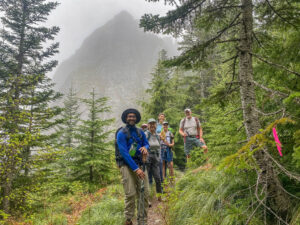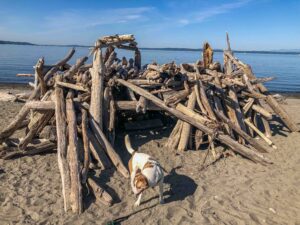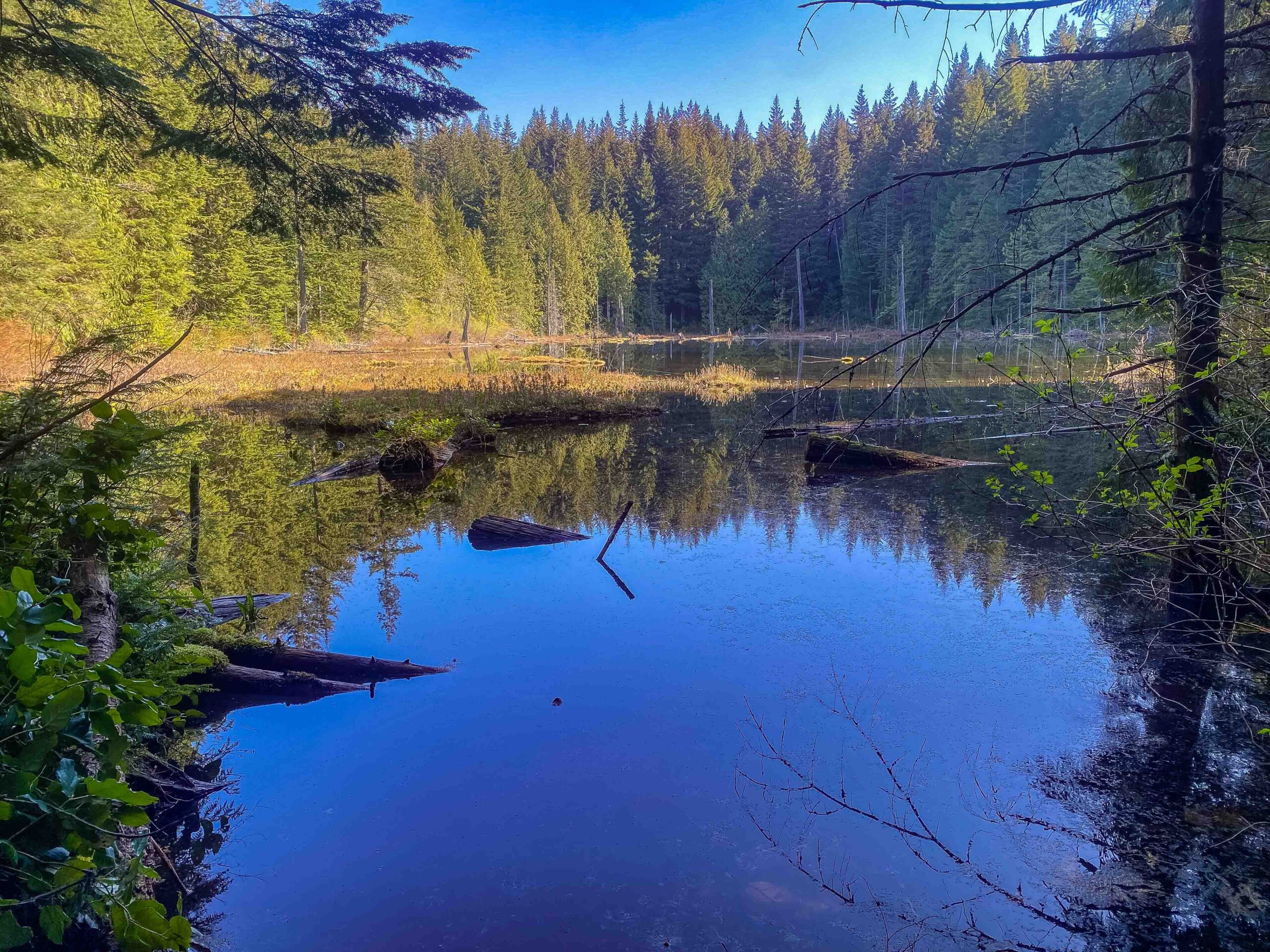
Beyond Miles: 5 Ways to Match Your Hike to Your Goal
Hikers usually concentrate on the following metrics: distance, travel time, pack weight, and total elevation gain. But if you want to improve your performance on the trail — consider five ways to vary your hiking outings. As I co-led Mountaineers hikes this week on Margaret’s Way/Debbie’s View and Lily Lake/Oyster Dome, I thought about the outings I’ll be leading this summer. Here are five ways you can match your hikes to your training goals using the acronym SERES: speed, endurance, recovery, enjoyment, and strength.
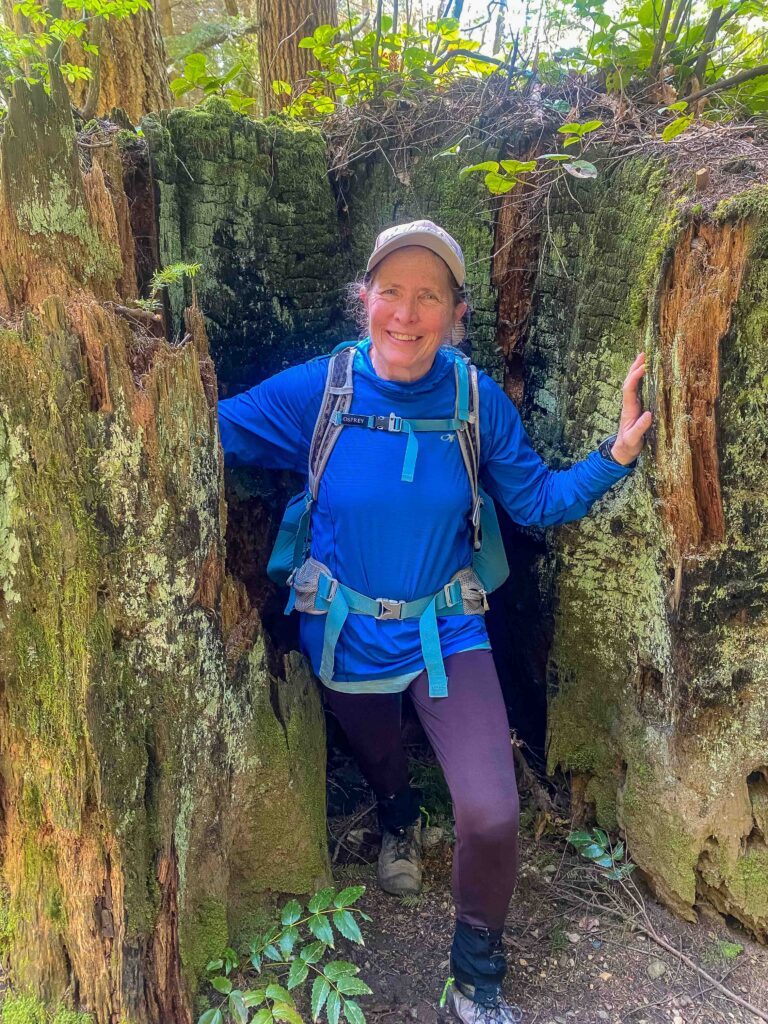
SERES: Speed Hikes Focus on Turnover and Efficiency
Many people ask how to improve their speed so they can keep up with the others in their group. Choose medium length trails with moderate grades, and reduce the weight of your pack. Both of my hikes this week were 7-9 miles, under 2000′ gain, with a comfortable (for me) pack.
On this week’s Conditioning for Hiking Series (CHS-2) hikes, our average pace was 2.5–3 mph. Speed hikes allow you to walk faster and focus on your breathing. Such hikes help condition your aerobic system without overwhelming your legs or joints.
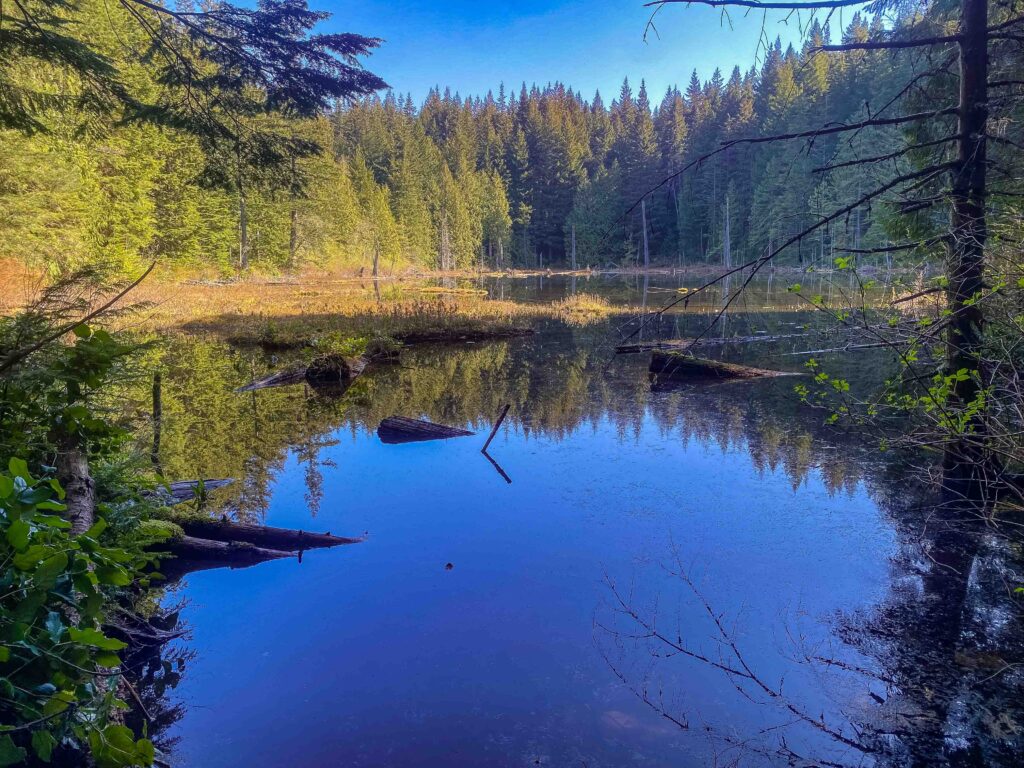
As you read, note that if you’re a highly experienced climber or scrambler, the numbers I’m sharing may feel easy. Likewise, if you’re a novice hiker or just coming back from illness or injury, my numbers may be intimidating. Keep the principles in mind as you choose outings for yourself. Always remember what your current conditioning levels are so you don’t injure yourself.
SERES Endurance Hikes Provide Time on Feet and Steady Effort
If speed doesn’t matter to you, you might prioritize longer, steady adventures. These focus on duration and consistency over intensity. Longer trails with gentler grades help build stamina and mental resilience. Such outings teach you how to fuel, hydrate, and pace yourself for hours. An example from my lineup is an upcoming scouting trip to Snoqualmie Lake (15 miles and 1900′ gain).
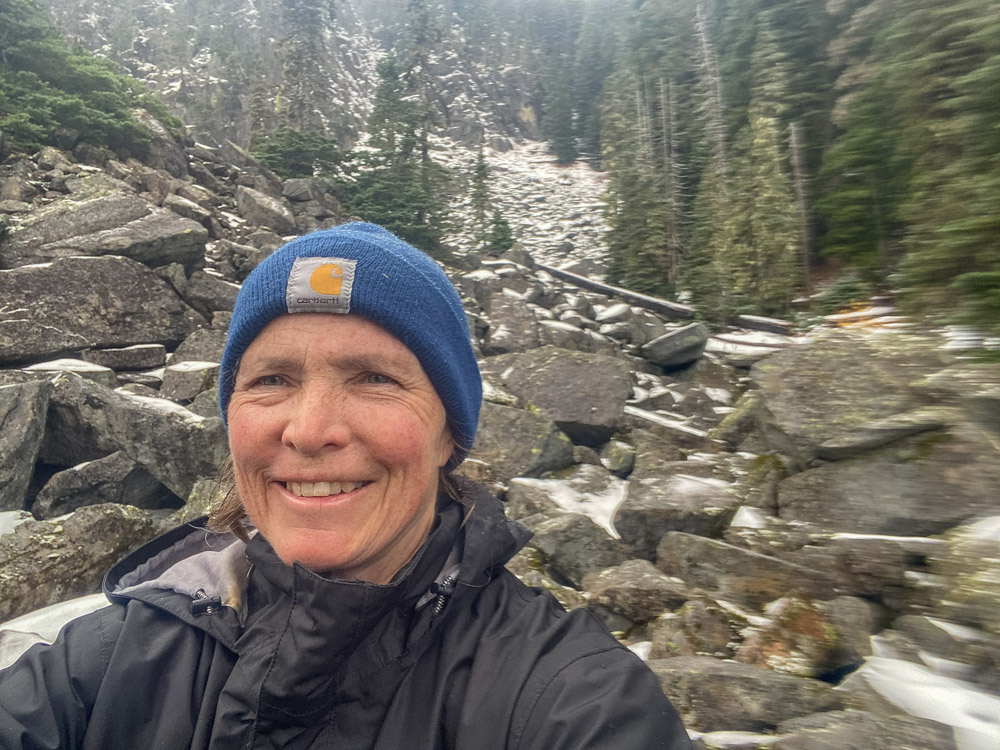
A novice might consider 4 miles to be an endurance outing. 1 mile might be a speed outing. Someone training to climb Mt. Rainier or thru-hike the Pacific Crest Trail might see 8 miles and 2000′ as a speed day and 15-20 miles, 4000′ as an endurance hike.
SERES Recovery Hikes Allow Restorative Movement and Connection with Nature
Recovery hikes are lighter, easier outings designed to refresh rather than push. My Naturalist trip to Spencer Island in a few weeks is an example. We will be focusing on birds, which will give my body a chance to move more slowly while experiencing spring migration in a beautiful natural setting. Such hikes help prevent burnout and keep your training sustainable over time.
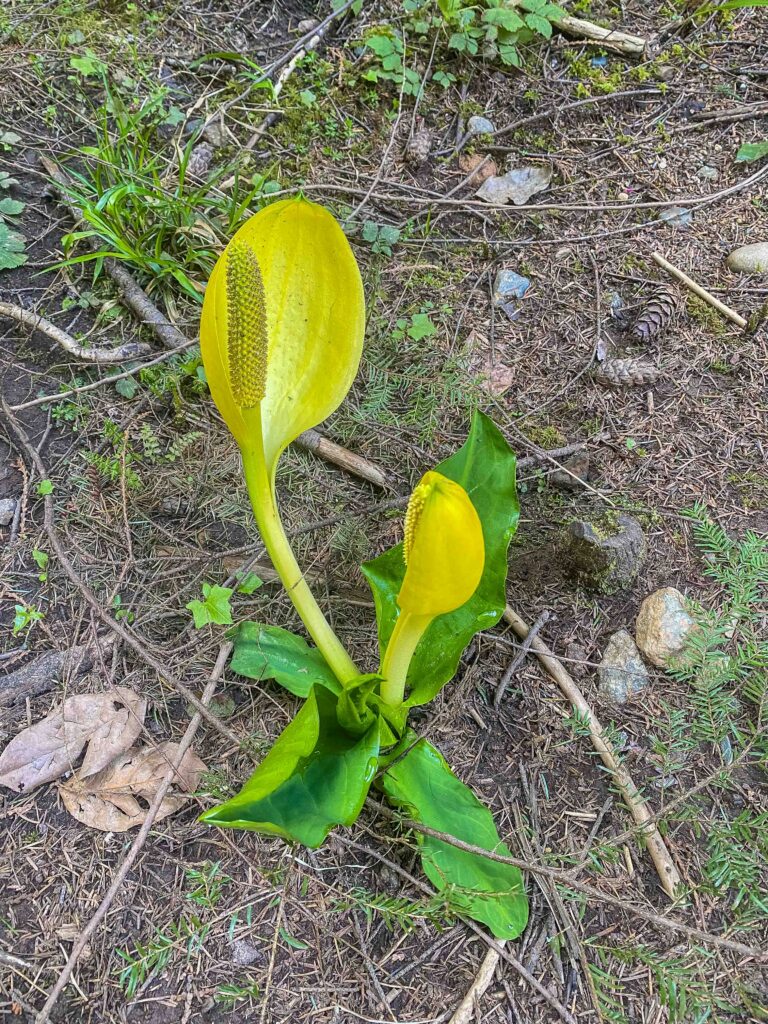
Think about ways you like to spend time outside. Maybe a local alpine lake beckons. Perhaps you’re curious about mushrooms, lichens, or amphibians. Bringing a camera to document your exploration can help you slow down and put less strain on your body, heart, lungs, and mind.
Outings focused on forest bathing, nature journaling, pack rafting, or even horseback riding might provide a great connection to nature and allow your body to recover. The intention is to keep target heart rate (THR) below about 70% of your max (MHR) — so if you travel at a conversational pace the whole time, your choice is perfect for you.
SERES Enjoyment Hikes Are Pure Fun for the Mind and Body
Enjoyment outings are trips that are well within your capability and simply F-U-N. Examples from my blog include: 52 rambles with Ajax project in 2023, and connecting with my daughter who wanted to swim in Rachel Lake. These aren’t necessarily hard; yes, you move, but “exercise” may not the top intention. If you need some ideas for how to put more fun and joy in your hikes, see my posts on the Joy Checklist and the Art and Skill of the Perfect Pause.
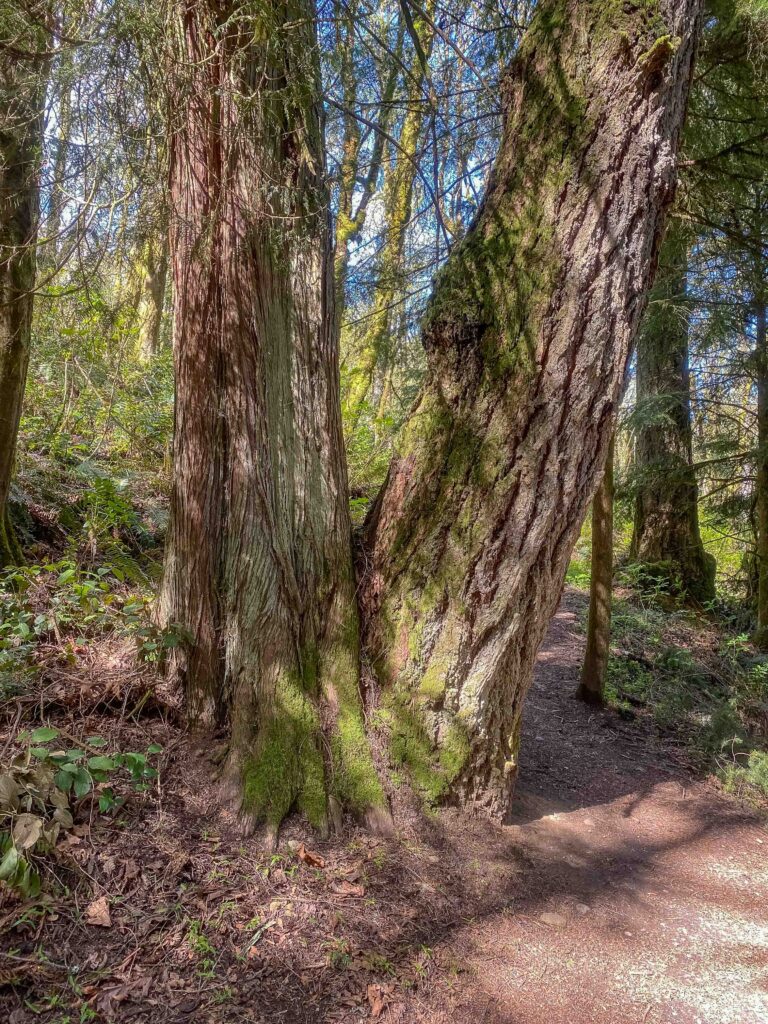
These may be shorter outings with less gain and just the essentials, to a destination just because you’re interested in it. A short trip to a waterfall (like Franklin Falls) or to a state park (like St. Edward State Park) might be just what you need to recover from a hard week at work. You might choose to go so you can meet new people, explore a new place, or just relax and be yourself.
SERES Strength Hikes for Building Power on Steeper Trails
Finally, the fifth type of hike often gets overlooked or forgotten. But it can pay huge dividends, especially if you’re going to be carrying more than 30 pounds this summer.
The strength hike allows you to use aditional pack weight to challenge your muscles on shorter, steeper terrain. Backpackers, scramblers, and climbers take advantage of such training to prepare for all the overnight or technical gear they have to carry.
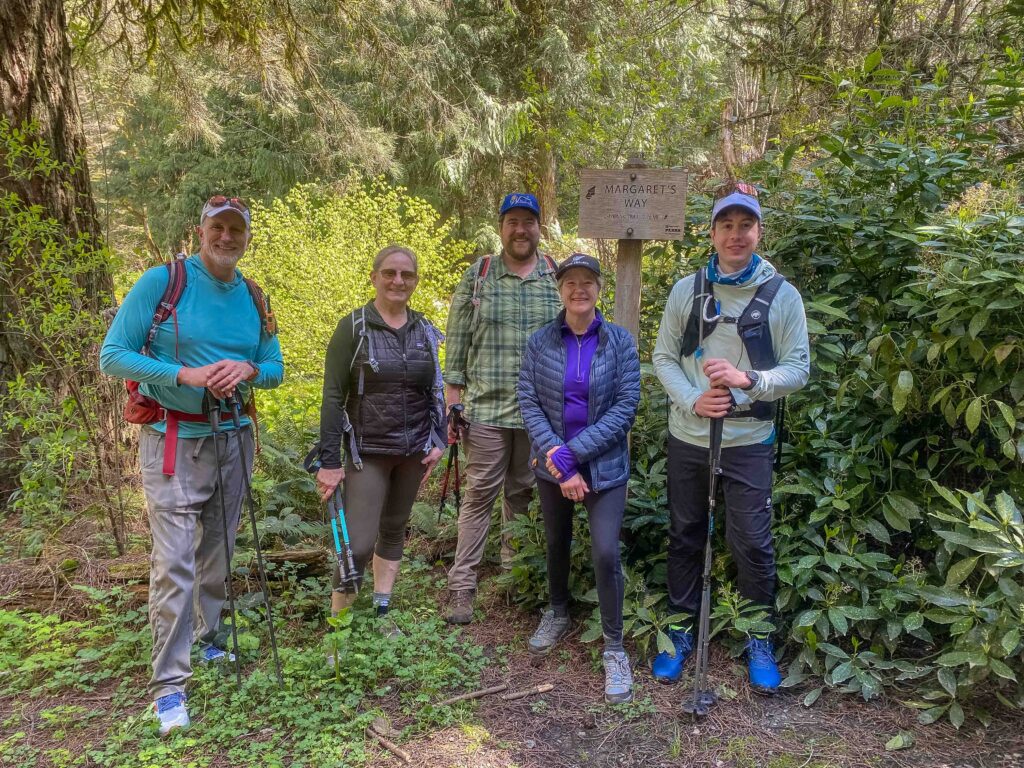
On conditioning hikes to Tiger, Squak, or Cougar Mountain, for example, I typically carry more water, gear, and weight than I’ll ever need in order to supplement my gym training with highly specific leg strengthening. For some people, such hikes can even replace a weekly strength training day: the focus is on the quality of effort over pure mileage.
What Do You Need Today?
By rotating through these five types of SERES hikes based on your body’s and mind’s needs, you can train smarter, stay more balanced, and keep your love of the trail alive all season long. Think about your end objective. Maybe you’re traveling to Peru in August, or doing a CHS-2 hike in September. Maybe you’re backpacking the Wonderland Trail or about to head to Europe for an adventure of a lifetime.
Every single hike can be more than just another set of numbers on a tracker. By setting a clear intention — whether it’s building speed, increasing endurance, recovering, enjoying yourself, or building hiking-specific strength — you can train smarter, enjoy the trail more, and show up stronger for your future adventures.

As you plan your next outing, take a moment to ask: What do I most need today? Matching your hike to your goal can turn even an ordinary trail day into a meaningful step toward your bigger dreams.
Additional Reading
If you’re interested in learning more about setting intentions, whether on the micro level (per outing) or macro level (for a year, five years, or life time), you may be interested in previous blog posts I’ve written about this topic. Some people use the word “goals” but I like the gentler mindset suggested by “intention.” If you tend to fall victim to guilt, blame, or shame, then “intention” may work better than “goal.”
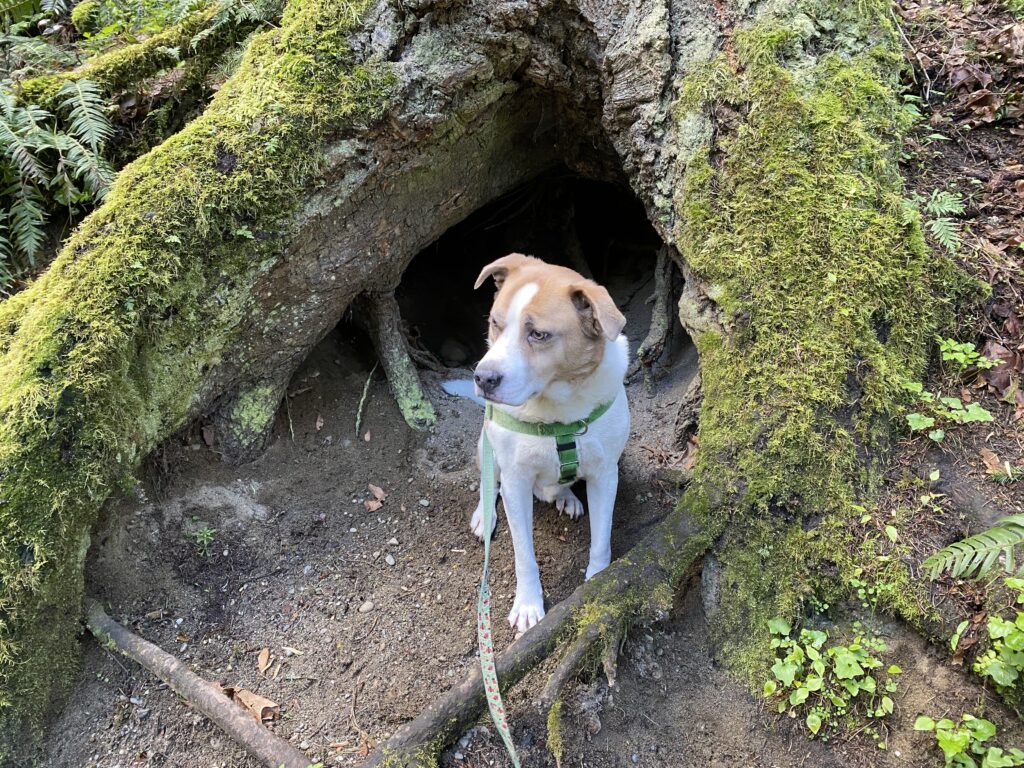
Clear’s Atomic Habits: How to Align Intentions and Habits 12/29/24
Murky Middle: How to Follow Through on Intentions 6/7/23
Mt. Washington: How To Set Intentions 5/17/23
How to Set Intentions for a New Year 1/2/23
And if something in this post resonates with you and you’d like to share a comment, please do so. Now that I have figured out the technology glitches in the switch-over, I would love to enter a conversation with you. Your posts and comments can help others! Hike on.
